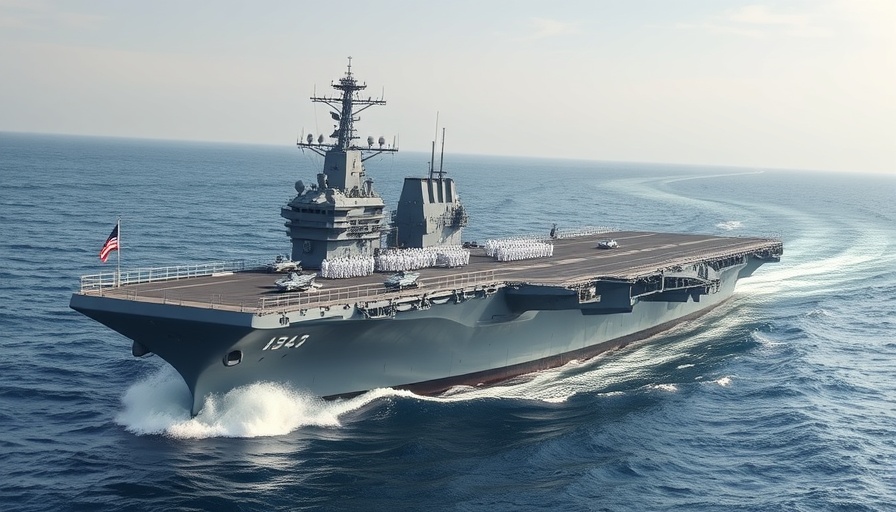
The USS America: A Vital Asset to Naval Operations
The recent announcement that San Diego’s General Dynamics-NASSCO will receive nearly $200 million to overhaul the USS America (LHA 6) highlights the critical role this amphibious assault ship plays in U.S. naval operations. Currently stationed in Japan, the USS America is one of the Navy's largest and most versatile warships. Its scheduled return to San Diego later this year is expected to bolster local defense capabilities and provide an economic boost to the region.
The Challenges Facing NASSCO
While this contract is a significant win for NASSCO, it comes at a time when the company faces substantial challenges. Recent reports from the Congressional Research Service reveal that the cost of constructing new fleet oiler ships at NASSCO has skyrocketed, with prices increasing approximately $300 million in recent years, leading to financial strain. The Navy has intervened with additional funding twice, securing $397 million for initial projects and seeking another $250 million to expedite delivery schedules.
Impact of Supply Chain Issues
Compounding NASSCO's challenges are long-standing supply chain issues exacerbated by the COVID-19 pandemic. Labor shortages, difficulties accessing necessary parts, and equipment malfunctions, particularly with robotic cutting and welding tools, have contributed to delays that are concerning to the Navy. As geopolitical tensions mount, particularly in the Indo-Pacific region due to rising threats from China, timely naval readiness is essential.
NASSCO's Workforce and Community Support
With over 3,500 employees working at NASSCO in Barrio Logan, the company serves as a cornerstone of the San Diego community. The workforce is vital not only for shipbuilding but also for maintaining local economies that rely on defense contracts. Strengthening NASSCO through modernization efforts and workforce investment ensures that the local economy remains resilient amidst broader naval demands.
The Strategic Significance of Amphibious Assault Ships
Amphibious assault ships, such as the USS America, are often referred to as “mini-carriers” due to their capacity to deploy troops and equipment effectively. During deployments, these ships carry a variety of aircraft, including fighter jets and helicopters, and typically operate alongside support vessels. Their importance lies not just in transportation but in their ability to project power and support for U.S. interests around the globe, particularly in hotspots like the South China Sea.
The Future of Naval Readiness
As NASSCO prepares for the USS America’s return, the repair and upgrade efforts will play a crucial role in the Navy's future capabilities. The need for responsive and modern naval assets is more critical than ever as the fleet faces challenges with size and readiness. With the U.S. Navy navigating a new era of military engagement, proactive measures like these upgrades reflect a commitment to maintaining operational strength and reliability.
 Add Row
Add Row  Add
Add 




 Add Row
Add Row  Add
Add 

Write A Comment